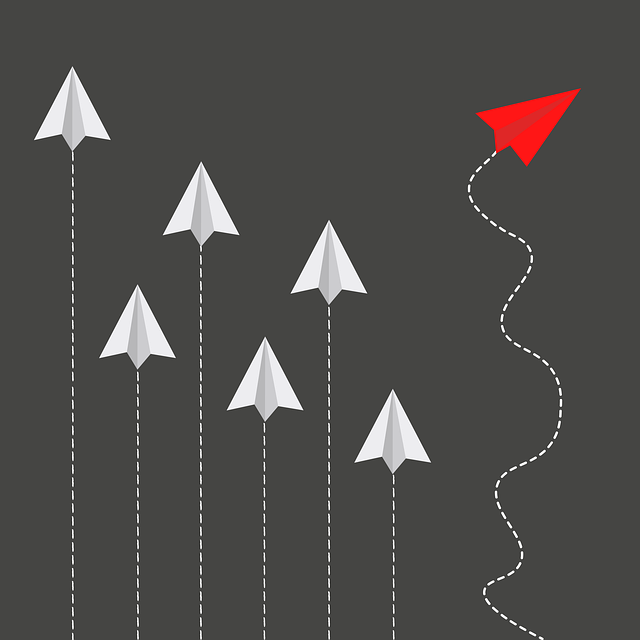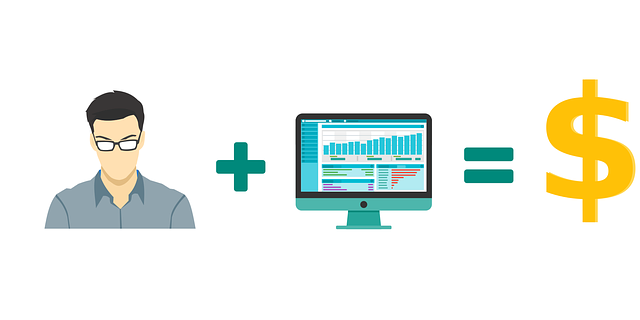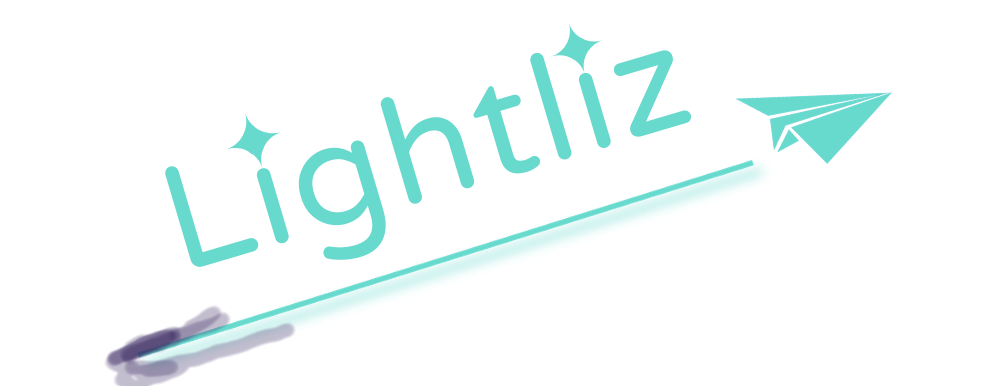My 4 proven steps to stay focused and sane in your content creation journey
Being a solo content creator is challenging but rewarding. You write or make videos on what you love doing, inspire and earn some money independently. However, content creation can quickly become overwhelming at some point, especially in the early phases of the creator journey.
The multiple social channels to manage, the content schedule for each platform, and the business ideas popping up on the go can overwhelm us. That is without talking about the cash flow you need to handle and the expenses of your solo initiative. We are the only people in charge and pace the work, so we must protect our work-life balance.
This has happened to me lately. As I published more content than usual, I started feeling energized by the adrenaline of striving for more. I became both excited and overwhelmed by the new ideas that kept coming. While publishing each article, I wrote some new ideas in an excel sheet. My mind was full of the “more” – creating more, getting more traffic, and finding more opportunities to earn from my blog.
It felt like the tasks and the goals never end. You reach some goals and chase the next. You publish an article and then think about the next one. You see some bucks rolling, so you become motivated to earn more. It feels like it’s a never-ending game.
But fortunately, I haven’t stayed stagnant too long and figured out four solutions that worked for me.
Here is how I finally reduced this overwhelming experience and grounded back to creating content calmly and focused.
1. Set Small Goals
As a Medium writer, I recently joined the new Mastodon Medium server. In my third post there, I decided to be vulnerable and share some of what I’m going through lately as a creator.
Luckily, I got two comments quite fast from two Medium users who kindly helped me with my issue. They both illustrated the same solution – setting small goals to reduce the overwhelming experience.
As obvious as it may sound, this basic principle was exactly what I needed. When you feel overwhelmed by something, it is difficult to think clearly. So, I could not pinpoint the necessary step to get back on track. In this case, posting that honest post on Mastodon was a bingo. Setting smaller, focused goals at this time helped me stay more focused while creating new content.
Right after, I opened my excel sheet with all the topics I’d write about in Medium and my WordPress blog. I decided on how many articles I plan to write for this week. Then I did the same thing for the next week and month. One month of detailed content strategy felt enough for me at the time, albeit it can be different for you. Be patient about how much you need to plan your content ahead.
When I set this schedule up, I already felt relief. It gave me a concrete sense of my content creation business.
Small goals make us feel that our bigger goals are achievable and less overwhelming. We can grasp our goals and have control over our creation schedule. Small goals are less intimidating than big long-term goals.
However, setting smaller goals was not enough to reduce the overwhelming feeling I got. Although it helped, my subconscious was still full of other content ideas I got, and that itched me.
This was when I realized I needed to narrow down my content. I asked myself which small goals and ideas weren’t relevant to my plan.
2. Screen Out the Less Important Goals

In a way, this step is even more important than the previous one. At least, this is how it worked for me. Once you have created your small interim goals, screen out the unnecessary ones. In blogging, those can be articles you are not interested in writing or content that does not serve your bigger goals.
It might also be goals and tasks that aren’t directly developing your brand or helping you reach more traffic or money from your content assets. Otherwise, it can be that the platform does not serve you as expected, so you may consider publishing less content on this platform. Maybe you should limit the twits, reels, or short post frequency for publishing more long-form content on your blog or YouTube.
If editing long videos exhausts you, you might consider outsourcing them or reconsidering short-form content platforms. For instance, vlogging on Instagram, TikTok, or building a shorts channel on YouTube. You may want to experience writing more instead. In this case, starting a blog may be your best option.
Let’s go back to my case to exemplify all that more clearly. After reevaluating my goals and converting them into small ones, I developed the following schema: publishing a Medium story at least once in two weeks and, within the next seven months, publishing 70 long-form blog posts to rank on Google on this blog.
On my YouTube channel, I aim to publish one video a month, as it is less important to me than writing in my blog. I’ve noticed that I’m better at writing my ideas and enjoy writing them more than shooting and editing videos. That might change over time, but this is my direction at the time of these words.
Screening out the unnecessary goals had already been proved in my creator journey when I struggled to write on my blog. I just forgot about it when I became overwhelmed again. My Mastodon Medium friends’ feedback helped me recall that step in a different context.
Two months ago, I abandoned my blog and started writing more on Medium. Now, after publishing more than 20 articles here, I feel it’s time to go back and write on my blog. This was and still is the main revenue stream I built, as my country is not supported by the Medium Partner Program.
Medium is still important as I build my blog’s EAT there. I also enjoy the writer’s community, the immediate feedback, and the freedom to write off my niche when I want to. But this overwhelming crisis made me realize I needed to return to my main content platform – my blog.
So, you need to listen to yourself and see how to narrow your workflow to be more digestible. What tasks can you outsource if you have the budget, and see what platform suits you right now. Focus only on the content that matters to you now or serve your bigger goals down the line. Screen out all the other goals that just make noise and might overwhelm you.
3. Take a break and Enjoy Something Else
Solopreneurs always have the allure of overworking. Nobody is measuring their progress, and success depends on one thing – the creators. So, why not accomplish more by writing extra articles or making more YouTube videos?
Well, this mindset doesn’t hold for the long run. I can boost your productivity for several days, and you may go on this way more than me, but we all might get burnout at some point. Therefore, it’s crucial to take a break and do something other than creating content or developing your business. That means some fun activity you enjoy doing regardless of the result.
After publishing an article or a video, reward yourself. Go for dinner outside with your friend, or swim in the pool. Enjoy a hobby that has nothing to do with being highly productive. For example, I take view photos with my smartphone. I like to find special viewpoints where I can photograph interesting shots. So, whenever I feel overwhelmed by work, I go outside, relax in nature, and take some nice view photos.
Then, I can return refreshed to work on the next piece of content tomorrow. This helped me when I got overwhelmed. You’ll be surprised how simple short activities like walking in the nearby park can do wonders for your work sanity.
Having a break after publishing that blog post or video is crucial. The temptation to create and plan more in your business right away should be stopped. Especially if you are a sensitive guy like me, but even if your life is more balanced in the first place. The nature of being a solo content creator can overwhelm anybody, so we should take breaks to preserve our energies and focus.
4. Stay as Clear as Possible with Your Money

Money is an essential goal in every side hustle, even more so when it becomes a full-time business. As such, it contributes to the general overwhelm. Managing your money is not content related but is always there as a solo creator. If you have the initial budget, you can outsource the money work to professionals so they would help you with the tax reports and organizing your expenses and income. It would save you money and reduce the overwhelm if you can afford it.
If you just started and didn’t have the budget to manage your money, as I still don’t, you must be organized and clear with your current cash flow, expenses, existing earnings, and earnings plan. I list all my expenses by category and include renewal subscription dates for each tool I use – Grammarly, mailer lite, site server, domain cost, etc. When you have everything clear in one place, you have less run in the back of your mind. That’s a big deal. Before I put in the work to make that excel sheet, I felt much more overwhelmed.
It only takes once to create these excel sheets for your cash flow, constant expenses, earning, and all that jazz. Once you have it, you only need to update the numbers once in a while, and you are all set up with a sense of control over your business.
Conclusion
Content creation is fun and meaningful. You spread your insights and ideas to the world to inspire, help others and make money from it. There is no standard employee job that can provide that. Yet, content creation can quickly become an overwhelming experience. The temptation to work more and publish more content on more platforms simultaneously can lead to overwhelming and stagnant.
In this article, I showed you four proven ways to overcome this issue based on my experience. I hope these methods inspired you to get control over your content creation journey and reach your goals while preserving a balanced, happy life.
Disclaimer : The information provided in this article is for educational purposes only, and it is not a substitue for professional advice. The article may contain affiliate links. See the full disclaimer for more details.
Shachar is a blogger and sensitive person who worked in a recruitment company and holds a master’s degree in sociology. After years of struggles to find purpose, he made this blog to help others find their purpose more efficiently. He likes to play chess, walk in nature, and take photos in his free time.


